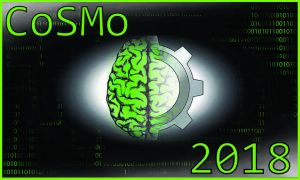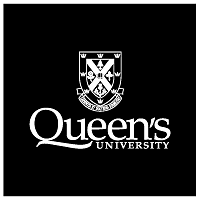CoSMo 2018: Difference between revisions
| Line 11: | Line 11: | ||
=== Day 1 - Overview of sensory-motor computations === | === Day 1 - Overview of sensory-motor computations === | ||
[[Media:Organization_CoSMo2018.pdf | CoSMo 2018 organizational | [[Media:Organization_CoSMo2018.pdf | CoSMo 2018 organizational slides]] <br> | ||
'''Afternoon tutorial 1 - plotting neural data''' | '''Afternoon tutorial 1 - plotting neural data''' | ||
Revision as of 18:18, 30 July 2018

This page contains course materials for the CoSMo 2018 summer school.
Introduction
Jul 30 - Aug 4
Lecturers: Gunnar Blohm, Paul Schrater, Konrad Kording
Day 1 - Overview of sensory-motor computations
CoSMo 2018 organizational slides
Afternoon tutorial 1 - plotting neural data
Here is the file [Stevenson Data Set]
As part of the tuning curve exercise we will understand it.
Tutorial is available here
Afternoon tutorial 2: gain modulation for reference frame transformations
The goal of this tutorial is to understand how gain modulation can be used for reference frame transformations and how gain modulation can emerge from training a simple artificial neural network carrying out reference frame transformations.
There are 2 different approaches to solving this:
- exact determination of read-out weights from eye-position gain-modulated neurons as in this seminal paper. Here the solution can be found by computing the least-square optimal set of weights mapping the gain-modulated neurons (population code) to head-centered output neuron(s). For this to work, population code neurons need to be of the exponential function family.
- training a neural network to perform reference frame transformations using this code. For this you can plot each individual neuron's receptive field for different eye positions and analyze how the receptive field changes with eye position in each network layer.
